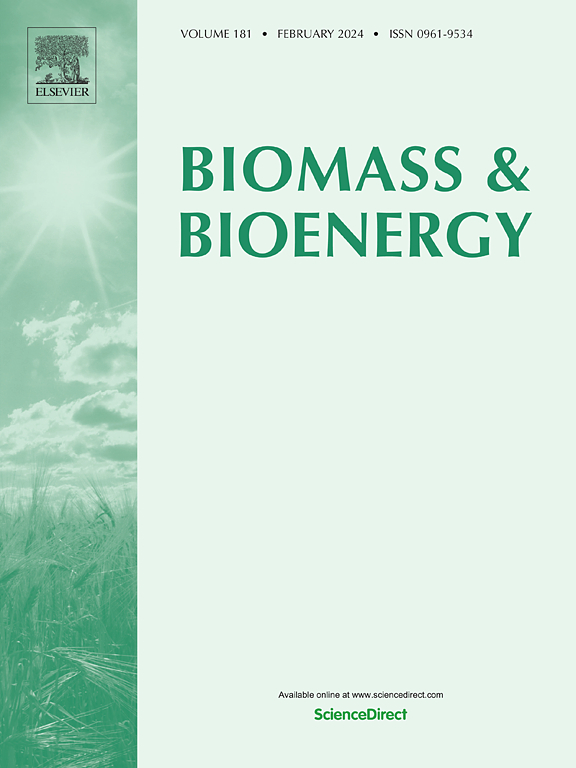Sustainable valorization of jojoba oilcake: Pressing method-dependent protein stability and functionality for food applications
IF 5.8
2区 生物学
Q1 AGRICULTURAL ENGINEERING
引用次数: 0
Abstract
Jojoba (Simmondsia chinensis) is known for its highly versatile oil, which has good therapeutic and cosmetic applications. The residual meal, rich in protein (26–29 %), is unexploited and limited for use in food systems due to the presence of anti-nutritional factors (mainly in the seed coat). This study attempts to upcycle jojoba oil cake to produce alternative proteins by investigating its extractability, and physicochemical, and functional characteristics. Three different extraction methods, namely, hot-pressed, dehulled and hot-pressed, and cold-pressed, were adopted. The results showed a significant impact of the pressing techniques on the properties of jojoba protein. Dehulling resulted in high purity (81.34 %) proteins with enhanced nutritional profile but had a negative effect on the stability (Td: 76.9 °C) and functional properties. Hot pressing methods resulted in protein dissociation, denaturation (Td: 79.9 °C), and disintegration, leading to the loss of structural integrity, which was evident from the SEM images. Conversely, the cold-pressed proteins exhibited high thermal stability (Td: 87.4 °C), bioactivity (73.63 % DPPH free radical scavenging activity), and functional properties despite having comparatively lower purity (61.53 %). The supremacy is attributable to the structural integrity of the proteins, which is preserved due to minimal processing impact. Overall, the findings demonstrated that jojoba proteins derived from cold-pressed oil cake displayed remarkable functional properties, suggesting their potential as a valuable functional ingredient. This enhances the circular bioeconomy through the use of agro-industrial residues in the food industry, resulting in waste reduction and promoting sustainability.

求助全文
约1分钟内获得全文
求助全文
来源期刊

Biomass & Bioenergy
工程技术-能源与燃料
CiteScore
11.50
自引率
3.30%
发文量
258
审稿时长
60 days
期刊介绍:
Biomass & Bioenergy is an international journal publishing original research papers and short communications, review articles and case studies on biological resources, chemical and biological processes, and biomass products for new renewable sources of energy and materials.
The scope of the journal extends to the environmental, management and economic aspects of biomass and bioenergy.
Key areas covered by the journal:
• Biomass: sources, energy crop production processes, genetic improvements, composition. Please note that research on these biomass subjects must be linked directly to bioenergy generation.
• Biological Residues: residues/rests from agricultural production, forestry and plantations (palm, sugar etc), processing industries, and municipal sources (MSW). Papers on the use of biomass residues through innovative processes/technological novelty and/or consideration of feedstock/system sustainability (or unsustainability) are welcomed. However waste treatment processes and pollution control or mitigation which are only tangentially related to bioenergy are not in the scope of the journal, as they are more suited to publications in the environmental arena. Papers that describe conventional waste streams (ie well described in existing literature) that do not empirically address ''new'' added value from the process are not suitable for submission to the journal.
• Bioenergy Processes: fermentations, thermochemical conversions, liquid and gaseous fuels, and petrochemical substitutes
• Bioenergy Utilization: direct combustion, gasification, electricity production, chemical processes, and by-product remediation
• Biomass and the Environment: carbon cycle, the net energy efficiency of bioenergy systems, assessment of sustainability, and biodiversity issues.
 求助内容:
求助内容: 应助结果提醒方式:
应助结果提醒方式:


